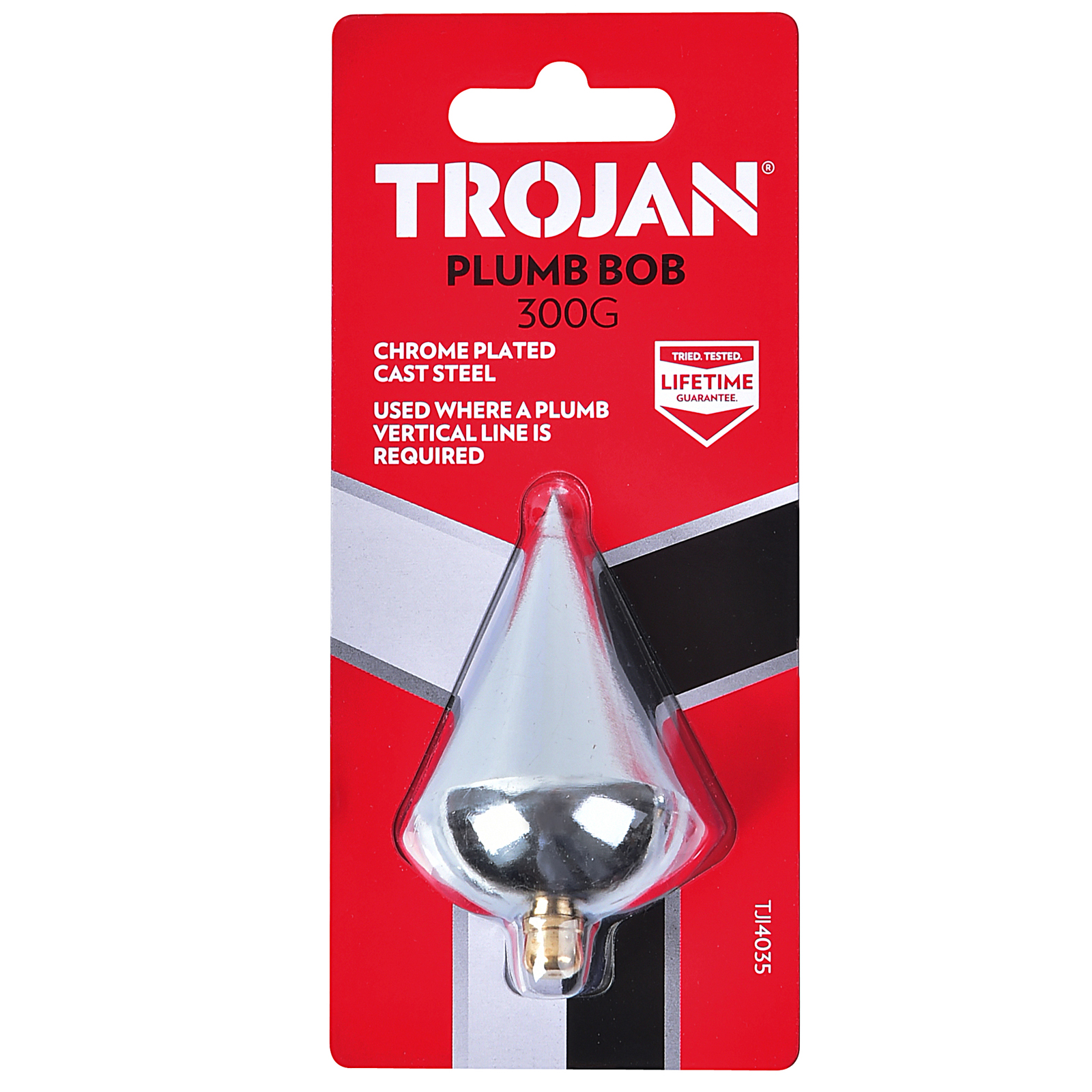

Installing a door or window SQUARE involves being both LEVEL & PLUMB at the same time. A speed square, framing square, and T squares are all good examples of tools used to find SQUARE on a jobsite. The definition of SQUARE is a 90 degree corner. Such as: sagging open in the corner, unwanted opening or closing doors, and binding during operating. If a door or window is installed out of PLUMB, it will cause a host of issues. PLUMB is the term used to refer to a perfectly vertical line, thus why the clever tool used to find PLUMB is called a plumb-bob. To visualize what PLUMB represents, look at the dashed green line above. As a result, you risk losing the Energy STAR rating your door or window came with. If the reveals don’t line up, the sash will not seat up properly with the weather-strip seals. If a door or window is installed out of LEVEL, it will tend to rub on the jamb and it will be hard to get the reveal (spacing between the door and frame) to line up. Take a look at the picture above, the dotted green line represents LEVEL. The best way to describe LEVEL is to imagine a straight line that is perfectly horizontal. Take a read below to make sure your fenestration terminology is up to par. We hear these words used all the time, but have you ever taken the time to really think about what they mean? Equally important, these terms can have a major impact on your next door or window installation.

What do they really mean? Our clear-cut explanation of Level Plumb Square & True.


 0 kommentar(er)
0 kommentar(er)
